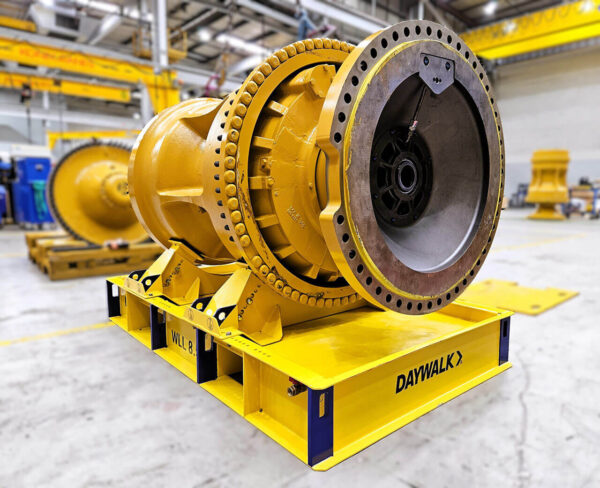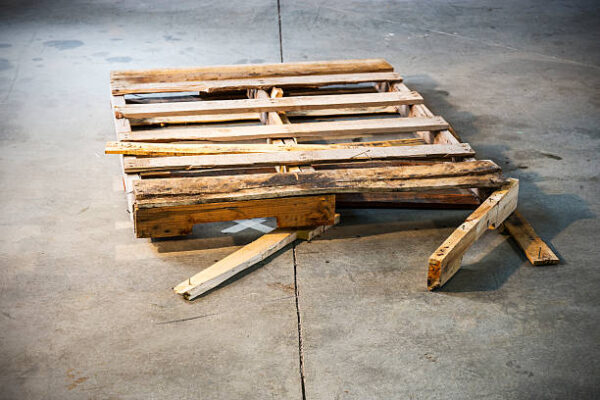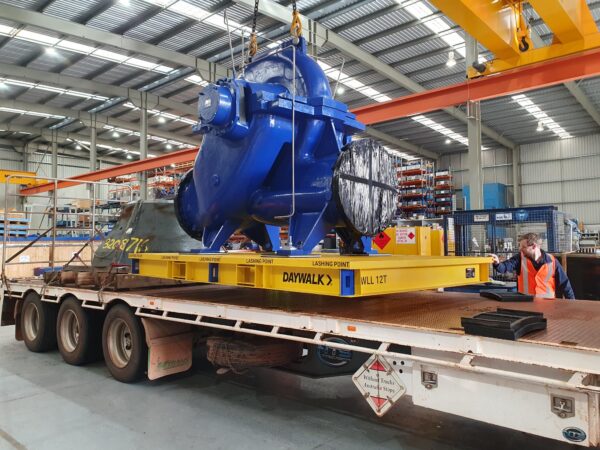Pallet maintenance and storage should be an essential part of warehouse operations. It can be straightforward to take pallets for granted because of their ubiquity. To ensure that pallets serve a warehouse for a long and fruitful duration, though, the warehouse manager and their crew should take steps to maintain and store the pallets in service or circulation properly.
The importance of proper maintenance and storage is, ultimately, about conservation of resources and betterment of customer satisfaction. Damaged pallets can lead to damaged goods, which will affect a business’s reputation and profits.
STACK PALLETS CORRECTLY
Pallets are intended to be stacked flat on the ground, not vertically – this means that to store pallets properly, they must be laid out horizontally, and stacked on top of each other in an orderly manner. Pallets are designed for this manner of stacking; make sure that all pallets are aligned appropriately, and pallets of the same size should be stacked together. Keep pallet stacks no taller than six feet if possible, and use some rated strapping as strapping to leash the pallets in place and keep them from toppling over.
STORE PALLETS IN A DRY AREA
Hardwood pallets are usually treated to minimise their susceptibility to dampness, but relying entirely on this treatment is not advised. To appropriately maintain pallets, especially hardwood pallets, ensure that they’re stored in a dry area of the warehouse. Humidity can weaken or soften wooden pallets, as well as rust the nails holding the pallets together. For warehouses that have to deal with moisture or need pallets that are waterproof, it may be preferable to invest in plastic pallets instead.
DESIGNATE A SPACE FOR THE PALLETS
Concerning the previous two points, the ideal maintenance of pallets includes a designated, covered space for pallets to be stored. Wooden pallets, in particular, can become a fire hazard if left out in the warehouse in unorganised piles. Arrange your pallets in neat stacks and in an area that’s far from any equipment that may cause sparks. Keep any igniting tools like lighters and matches away from wooden pallet stacks. If there are employees who smoke, ensure that they smoke in an area that’s far away from where pallets or other incendiary materials are stored.
USE STACKING FRAMES OR RACKS
Sometimes there are more pallets on the warehouse floor than can be reasonably stacked. When pallets get overwhelming, consider stacking frames or racks for additional pallet storage management. Pallet frames or racks are designed to accommodate the structure of pallets and are best used in warehouses where space is limited. Pallet frames or racks can do wonders for safety management as well, as they provide a means of stacking pallets safely into organised piles.
INVEST IN QUALITY
Investing in high-quality pallets can go a long way towards extending the lifespan of a warehouse’s pallets. Picking the right pallets is crucial towards an effective production chain, as pallets are highly useful to warehouse processes. Check pallets for any damages before purchasing, and whenever possible, ask if a pallet can be stress-tested for its load-bearing capacity. High-quality pallets are built from sturdy materials treated against humidity and external factors like termites. A quick quality inspection takes only a few minutes but can save a warehouse hundreds of dollars in avoided maintenance costs down the line.
If your warehouse is looking for a supplier of quality wooden pallets, consider Omni-tuff’s line of pallets. Order from Omni-tuff today.





